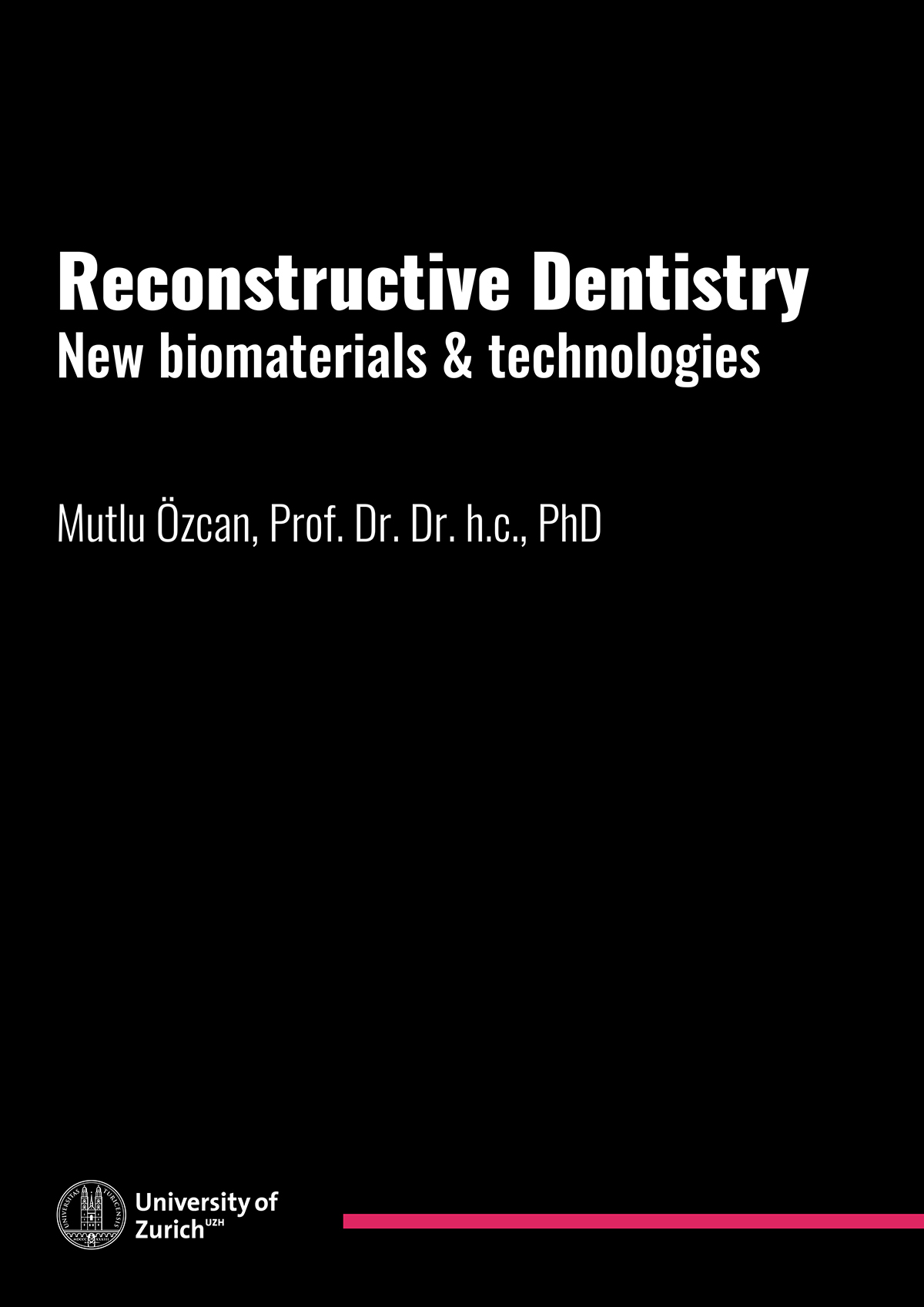Here, Professor Mutlu Özcan at the University of Zurich, discusses Reconstructive Dentistry via the lens of new biomaterials and technologies
When it comes to dentistry, the discipline has come a long way in the last few years. The constant innovation of biomaterials means that experts have more than ever before to work with.
The COVID-19 pandemic pushed certain elements of healthcare to the backburner, as hospitals globally became overwhelmed with urgent care situations. Now, as some countries are recovering, previous issues of health and innovation in other medical areas is returning to the fore.
But when it comes to the care of teeth, there are new obstacles emerging in contemporary life. Professor Özcan explains that teeth are now more likely to come up against extrinsic acid in diet, which can be anything from excessive sugar to a penchant for smoothies. She further highlights that eating disorders, while being mentally and physically distressing, are taking a toll on the structure of teeth.
What can Reconstructive Dentistry do to stop and reverse the damage?
Professor Özcan explains that though biomaterials are highly innovative, often clinical trials without applied materials knowledge create products that must then be rectified before use in the general profession.
Then when it comes to digital technologies and biomechanics, there are a host of challenges that prevent the Reconstructive Dentistry field from going even further to help people with their dental issues. For instance, digital workflow requires costly investment and is constantly becoming outdated as better technology comes into existence. Generally, some of the reconstructive tools that are available are not widely used by active dentists – who have to operate based on the baseline tools they have access to.
If you want to know more about the challenges and triumphs facing the world of Reconstructive Dentistry, you will find all the answers here via an expert in the field.


